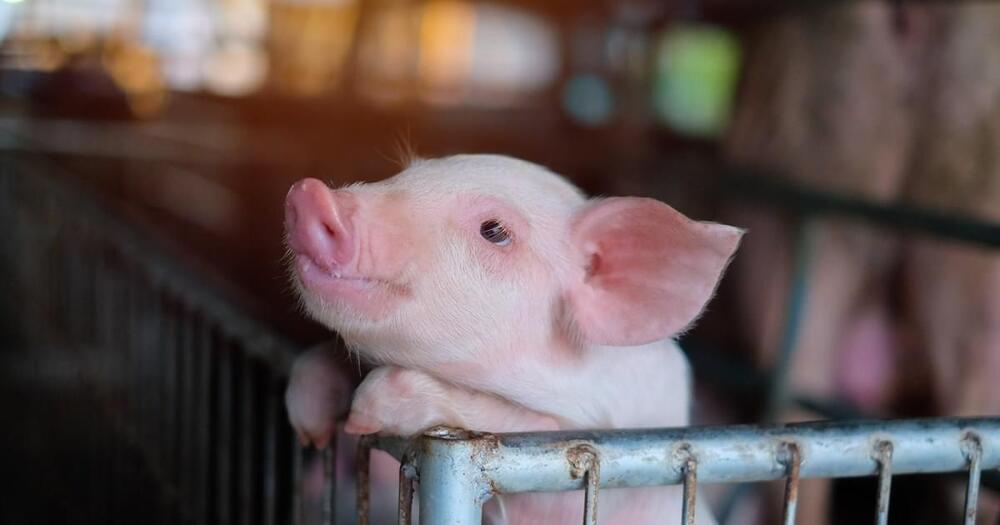In this episode, I am joined by Dr. David Sinclair, tenured Professor of Genetics at Harvard Medical School and an expert researcher in the field of longevity. Dr. Sinclair is also the author of the book Lifespan: Why We Age & Why We Don’t Have To, and the host of the Lifespan Podcast, which launches January 5, 2022. In this interview, we discuss the cellular and molecular mechanisms of aging and what we all can do to slow or reverse the aging process. We discuss fasting and supplementation with resveratrol, NAD, metformin, and NMN. We also discuss the use of caffeine, exercise, cold exposure, and why excessive iron load is bad for us. We discuss food choices for offsetting aging and promoting autophagy (clearance of dead cells). And we discuss the key blood markers everyone should monitor to determine your biological versus chronological age. We also discuss the future of longevity research and technology. This episode includes lots of basic science and specific, actionable protocols, right down to the details of what to do and when. By the end, you will have in-depth knowledge of the biology of aging and how to offset it. #HubermanLab #DavidSinclair #Longevity
Category: food – Page 80

Chinese robot clones pigs with no human help
A robot that automates a common technique for animal cloning has been used to produce a litter of cloned pigs in China — with a much higher success rate than human scientists.
The challenge: China is both the world’s biggest producer of pork and its largest consumer, so having ideal breeding stock — animals that birthe large litters of quick-growing piglets — is important for the nation’s economy and food security.
However, in 2018 and 2019, an epidemic of deadly African swine fever wiped out almost 50% of China’s pig population. As a result, many farmers have had to import breeding pigs, and China is now eager for its pork industry to become almost entirely self-sufficient.
Aeromao introduces the world’s first water-landing fixed-wing drone
It features a sleek aerodynamic design, no tilt mechanisms or extra parts, eliminating failures and unnecessary weight for efficient vertical flight.
The innovative aerial solution is ideal for high-precision mapping to agriculture, ensuring efficient coverage in every flight.
How To Reset Your Brain’s Dopamine Balance
Anna Lembke is a psychiatrist who is Chief of the Stanford Addiction Medicine Dual Diagnosis Clinic at Stanford University and an author. Dopamine is a key neurotransmitter in our reward pathway. It tells us when to feel pleasure and pain, it can cause depression and anxiety, and it’s being hijacked by the modern world. Phones, video games, porn, food, our world is filled with cheap dopamine, which in turn is making us miserable. Expect to learn how dopamine creates a see-saw balance of pleasure and pain, why cravings to use your phone are driven by dopamine, the truth about dopamine detoxing, how to reset your brain’s dopamine balance, the most successful interventions for changing your relationship to dopamine long term and much more…

Examining Hemp-Derived Cannabinoids: A Recent Study on Usage and Awareness
A recent study published in JAMA Network Open investigates the level of usage of hemp-derived cannabinoids, including cannabinol (CBN), cannabigerol (CBG), Delta 8-THC, and cannabidiol (CBD). The reason hemp-derived cannabinoids were chosen for the study was due to passage of the 2018 Farm Bill, which removed hemp from the definition of marijuana previously outlined in the Controlled Substances Act (CSA). However, THC is still classified as a Schedule I drug, meaning it’s still illegal under federal law, and despite the “de-scheduling” of hemp, there is presently no data regarding the estimated usage of hemp-derived cannabinoids.
“While the de-scheduling of hemp products initially opened up the market for CBD products, it also applies to the 100-plus cannabinoids also found in the plant,” said Dr. Kevin Boehnke, who is a Research Assistant Professor in the Department of Anesthesiology and the Chronic Pain and Fatigue Research Center at the University of Michigan, and a co-author on the study. “That means, as with CBD, all of them can follow that same path and be sold in gas stations, as ingredients in cosmetics, as well as in dispensaries—there will likely be substantial proliferation of some of these compounds.”
For the study, the researchers conducted a cross-sectional survey study of individuals aged 18 and up inquiring about past-year use of hemp-derived cannabinoids. Of the 6,666 participants who received the survey, only 1,169 completed it. Of those 1,169 participants, the researchers found that 71.7 percent had heard of CBD compared to 41.2 percent, 18.4 percent, and 16.8 percent for Delta 8-THC, CBG, and CBN, respectively. Additionally, 21.2 percent of the participants reported using CBD within the past year compared to 11.9 percent, 5.2 percent, and 4.4 percent for Delta 8-THC, CBG, and CBN, respectively, with 25.5 percent of participants reporting using some type of emerging cannabinoid within the last year, as well.

55 years ago, the ‘Mother of All Demos’ foresaw modern computing
Engelbart grew up on a small farm in Southeast Portland where his father operated a radio store.
He graduated from Franklin High School in 1942 and enrolled at Oregon State College, now called Oregon State University, to study electrical engineering.
When World War II interrupted his studies, he spent two years working as a Navy radio and radar technician in the Philippines.


Weight Loss through Slimming found to Significantly Alter Microbiome and Brain Activity
Worldwide, more than one billion people are obese. Obesity is a risk factor for cardiovascular disease, diabetes, and some cancers. But permanently losing weight isn’t easy: complex interactions between body systems such as gut physiology, hormones, and the brain are known to work against it. One method for weight loss is intermittent energy restriction (IER), where days of relative fasting alternate with days of eating normally.
“Here we show that an IER diet changes the human brain-gut-microbiome axis. The observed changes in the gut microbiome and in the activity in addition-related brain regions during and after weight loss are highly dynamic and coupled over time,” said last author Dr. Qiang Zeng, a researcher at the Health Management Institute of the PLA General Hospital in Beijing. The study has been published in Frontiers in Cellular and Infection Microbiology.
The authors used metagenomics on stool samples, blood measurements, and functional magnetic resonance imaging (fMRI) to study changes in the composition of the gut microbiome, physiological parameters and serum composition, and brain activity in 25 obese Chinese women and men on an IER diet. Participants were on average 27 years old, with a BMI between 28 and 45.

Nvidia CEO Jensen is worth $42 billion but still eats street food at street markets and visits LAN parties during overseas trips, sheds signature leather jacket
This weekend in Vietnam, VNExpress quotes a government diplomat who gushed that Huang is “skipping luxury dinner parties at hotels and high-end restaurants.” He explained that “Jensen chooses street food with flavors and experiences that are hard to match anywhere else.”
If you want to follow in Huang’s footsteps, the source says that the Nvidia CEO was pictured at a sidewalk restaurant on Luong Ngoc Quyen Street (Hanoi). Additionally, he stopped at a restaurant on Hang Non Street to enjoy beef pho and drink coconut water. He also went to a Goan hotpot restaurant in Hang Thiec and drank Giang coffee on Nguyen Huu Huan Street, according to the source report.
Huang didn’t just spend his time eating and drinking in Hanoi this weekend. A Redditor shared some images and information about the Nvidia boss turning up at a “small LAN party.” In the images, you can see Huang on stage at one of the Vikings eSports Arena locations in Hanoi (there seem to be five of these internet cafe-style venues in the city). He posed for photos with various LAN party attendees, and it also looks like he took part in some kind of awards ceremony.
What to Eat & When to Eat for Longevity
In this episode, Dr. David Sinclair and co-host Matthew LaPlante discuss how frequently we should eat, what food we should avoid, and what food we should pursue. They discuss the science behind how a “low energy state,” which can be induced by a period of fasting, combats aging and promotes health. They also walk through research that points to the benefits of a mostly plant-based diet for slowing aging and offer key insights into when to eat and what to eat to maximize longevity. #Food #DavidSinclair #Longevity